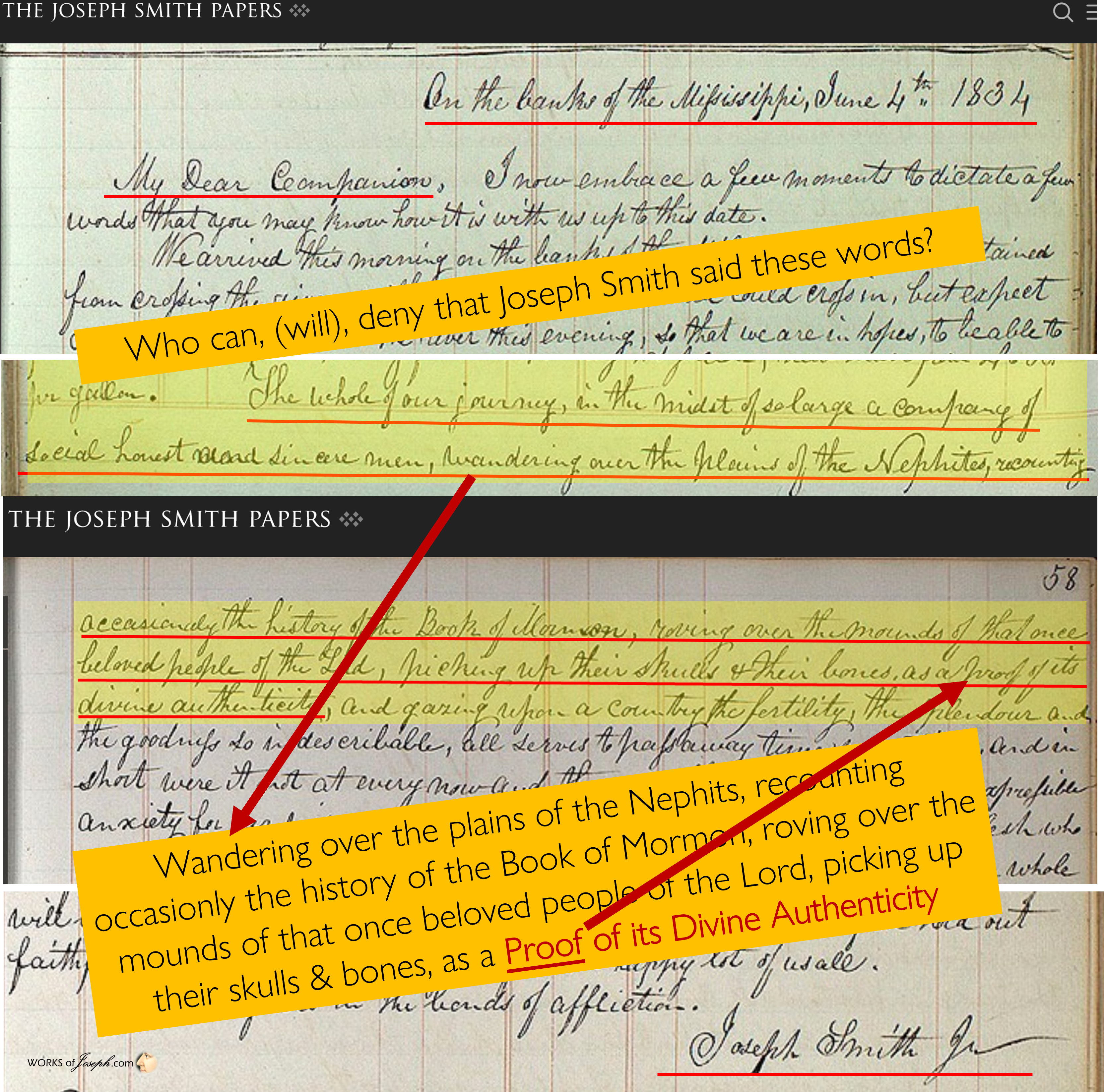See the article in Meridian Magazine by Lenet Read titled Mesoamerican Model or Heartland Model: Must Only One of Them Be Right?, which makes an attempt to bridge the gap between the two “most predominant” models of Book of Mormon geography.
As one of the principal researchers of the Heartland Model proposed geography, I applaud Sister Read’s plea for coming to some agreement between the two prevailing theories. As historians know, many early brethren viewed the entire hemisphere as Book of Mormon lands. Later research indicated that the distances between primary lands such as Nephi and Zarahemla were only 20 days travel apart, which could not support a hemispheric view. A more limited geography necessitated choosing between North or Central America.
One of the foundations of the Heartland Model is that the text also limits the Nephites “Promised Land” to a “nation” (1 Ne. 13:30) that would be “set up,” (3 Ne. 21:4) “lifted up,” (1 Ne. 13:30) “raise[d] up,” (1 Ne. 22:7) “established,” (3 Ne. 21:4) and “delivered by the power of God out of the hands of all other nations” (1 Ne. 13:19) in the latter days. Eight times the text refers to this land as a “land of liberty” which would, in the latter days, be a mighty Gentile nation above all other nations. Being a “nation” is the scriptural limiting factor. We believe that these prophecies are making reference to the establishment of the United States on the Nephite land of promise. This is the only nation wherein the Lord claimed to have raised up men for the very purpose of its establishment (D&C 101:80) so that the gospel could be restored again to the earth as so many latter-day prophets have attested. The Lord Himself stated that the New Jerusalem, which we know by revelation will be built in Missouri, USA, would be built on these same lands (3 Ne. 20:22, Ether 13:2-6, D&C 57:1-3). These lands are the sacred sites of events throughout history and prophecy, from the Garden of Eden and the restoration, to the New Jerusalem and Adam-ondi-Ahman. These are all New World sacred sites, and are located within the United States.
Personally I would relish being able to reconcile between the Heartland Model and other theories. Our research has indicated that the “Promised Land” where the majority of Nephite history took place was centered in what is customarily called the heartland of North America, more specifically the entire Mississippi river system with all its tributaries. Lamanite migrations, Nephite missionary efforts and post Book of Mormon era migrations could have expanded their influence north into Canada and south into Central and South America. Their ships could have sailed the Atlantic, the Gulf and even the Pacific Oceans bringing the gospel to people the world over.
Several comments have been made about the embarrassment to the Church of the bickering and virulence that has been expressed in this regard. I wholeheartedly agree. I would ask where this animosity is coming from? If you visit our websites, www.bookofmormonevidence.org and www.FIRMLDS.org you will not find ANY articles tearing down, attacking, discrediting or deriding the organizations, personal character or intelligence of those with differing viewpoints. In contrast, literally thousands of pages of such attack articles have now been published online by organizations that promote Mesoamerican theories. They have publically attacked us on their websites individually, and organizationally, calling into question our understanding of the material, motives, commitment to the Church/gospel and other nefarious implications.
If there is any embarrassing infighting going on in the virtual world, it is demonstrably not coming from us. For over three years we have borne the oft times very personal and vitriolic attacks by these organizations without responding online, without directly defending our positions or research for this very reason. Instead, we have endeavored to answer those critiques indirectly by addressing them in subsequent educational materials, but not published online. We don’t want anti-Mormon forces pointing to Book of Mormon geography research and exclaiming “Watch the Mormon High Priests slug it out online!” As members of the Church both sides of this debate know the gospel is true and anti-Mormon groups will always be looking to find fodder for their attacks, therefore we should strive not to offer more fuel to energize them by limiting or eliminating such online attacks.
Unfortunately, many members of the Church have mistakenly thought that our lack of direct refutation or response to these attacks is a result of not having answers. That is not the case. If the attacks continue, we may at some time feel compelled to respond. We are hoping to avoid this but as can be shown in the political realm, even unfounded and baseless attacks do cause damage and at times it becomes necessary to directly address those attacks. If we “Heartlanders” eventually choose to respond with well researched, documented and respectful rebuttals, we are confident the Church’s reputation will not be harmed but ultimately may be made stronger by allowing these new evidence to be openly explored and discussed, just as an honest political candidate is often benefited by scrutiny of his or her record through forthright discussion. Both sides should be looking objectively at the evidence and information, but the critical question remains, are we more interested in seeking consensus or in finding the truth?
We “Heartland” researchers would enjoy greater cooperation with the LDS organizations that advocate Mesoamerican theories. With our combined research and resources, we could quite possibly transform the way the non-Mormon scholarly world looks at LDS scholarly research and the Church. So far, the organizations referenced above have been less than excited about taking advantage of our “white flag” offers of cooperation in coming to a more respectful, helpful dialogue. We hope this article will invite a new spirit of cooperation and encourage a change of heart for everyone involved.
Rod L. Meldrum
President
Foundation for Indigenous Research and Mormonism aka – The FIRM Foundation





